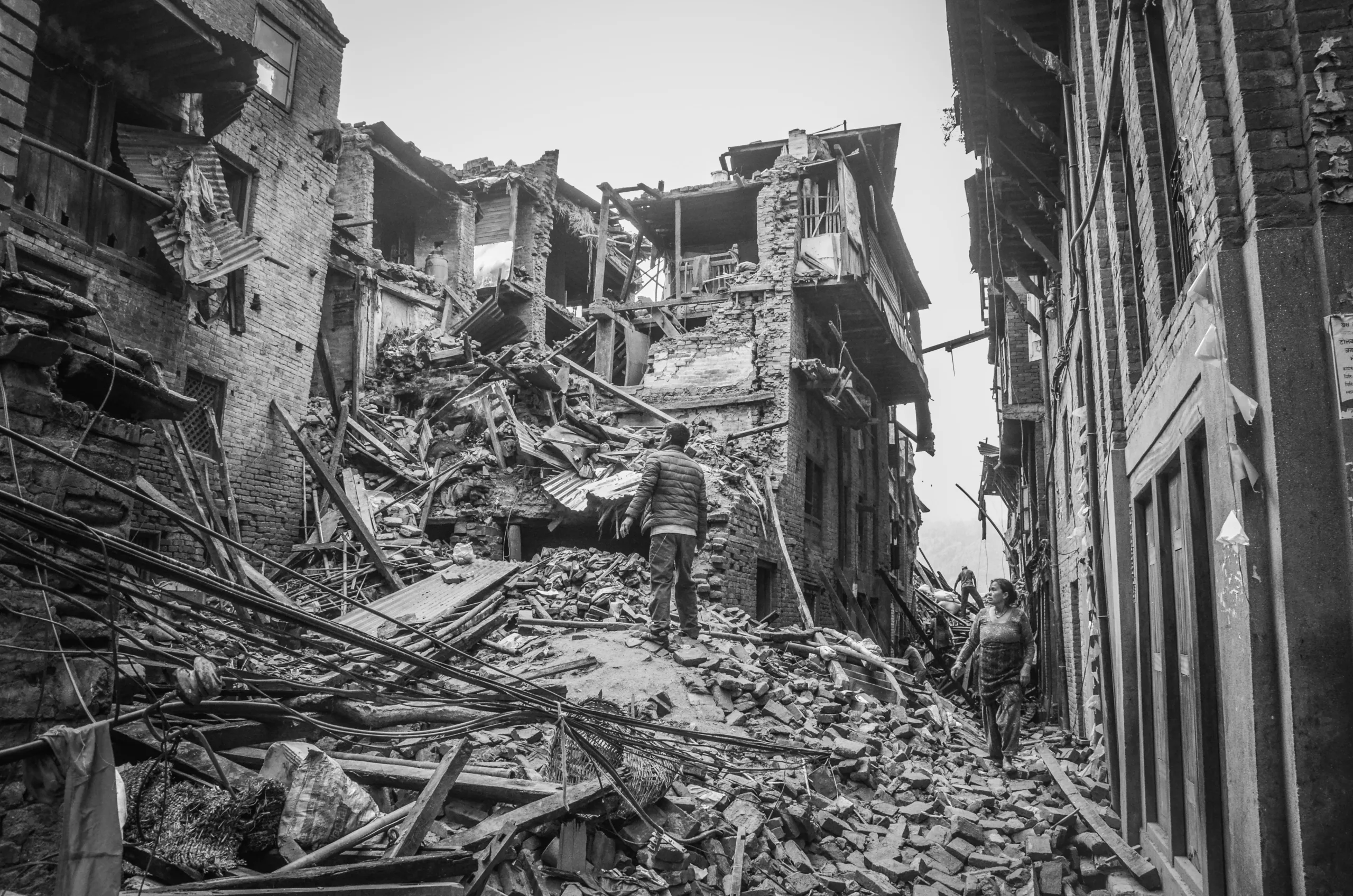In an unexpected turn of events, the serene shores of Jamaica were jolted on Monday by a 5.4 magnitude earthquake. The quake, though not of catastrophic proportions, caused significant alarm and triggered a flurry of activity as residents and visitors grappled with the sudden tremors. Fortunately, despite the initial panic, no casualties or severe damage have been reported. In this report, we delve into the details of this seismic occurrence, its immediate aftermath, and the historical context of earthquakes in Jamaica.
The Earthquake’s Impact
On Monday, a 5.4 magnitude earthquake sent shockwaves through the island of Jamaica, prompting a hasty evacuation of buildings as they swayed under the earth’s force. The quake’s epicenter was situated approximately 2 miles (4 kilometers) to the west-northwest of Hope Bay, according to data provided by the U.S. Geological Survey. The seismic event, while unsettling, occurred at a relatively shallow depth of 6 miles (10 kilometers).
Remarkably, given the intensity of the tremor, there have been no reports of immediate injuries or significant structural damage. This fortunate outcome has left residents and visitors heaving a sigh of relief.
The earthquake’s sudden arrival caused a surge of panic across the island, with the shockwaves even reaching the United Nations’ International Seabed Authority meeting. Attendees of the meeting could be seen fleeing on camera as the quake struck, causing the broadcast to momentarily cut off. However, the group later reconvened, deciding to postpone their meeting until late afternoon on Monday, attributing their decision to the need for emotional recovery.
As the ground trembled beneath them, grocery store shelves were not spared, with food, wine bottles, and various items cascading to the floor. Some buildings also suffered minor damage due to the seismic activity.
One journalist, remaining remarkably composed, was on the air when the earthquake hit. He calmly alerted his audience, “We’re having an earthquake.” However, as the shaking intensified, his composure wavered, and he sought shelter under his desk, exclaiming, “Oh, God,” as the lights flickered and uncertainty enveloped the surroundings.
Jamaica’s History with Earthquakes
Jamaica’s relationship with earthquakes is a complex and uneasy one. While small-scale tremors are relatively common, with the island experiencing around 200 of them each year, more substantial quakes are a rarity. The most infamous of these occurrences was the Port Royal earthquake in 1692, which led to a section of the town sinking into the sea. Additionally, in 1907, a devastating earthquake struck Kingston, the nation’s capital, claiming the lives of over 1,000 people. Another significant earthquake, though less destructive, was reported in March 1957, primarily affecting western Jamaica, as documented by the University of the West Indies in Mona, Jamaica.
This earthquake-prone history is closely linked to the island’s geological composition. Jamaica is situated atop the Enriquillo–Plantain Garden fault zone, which it shares with neighboring Haiti and the Dominican Republic, as per the U.S. Geological Survey.
Geological Background
The geological landscape of Jamaica, as well as its location within the Caribbean region, plays a significant role in the occurrence of earthquakes. The island is situated on the boundary of the Caribbean and North American tectonic plates, which intersect along the Enriquillo–Plantain Garden fault zone.
This complex geological setting creates a breeding ground for seismic activity, making the region susceptible to earthquakes. The relative movement of these tectonic plates can generate stress within the Earth’s crust, which is eventually released in the form of earthquakes.
Jamaica, like its neighbors, is continually monitored by geologists and seismologists to predict and respond to such seismic events. These efforts are critical for enhancing the island’s preparedness and resilience against future earthquakes.
Conclusion
The 5.4 magnitude earthquake that recently shook Jamaica serves as a stark reminder of the island’s seismic vulnerability. Fortunately, the absence of casualties or substantial damage is a testament to the effectiveness of emergency preparedness and response systems in place. Despite the initial panic, the island’s resilience prevails.
Jamaica’s history with earthquakes, marked by catastrophic events such as the Port Royal disaster and the Kingston earthquake, has taught valuable lessons in readiness and recovery. The geological landscape, with its position on tectonic plate boundaries, accentuates the potential for seismic activity in the region.
While the 5.4 magnitude earthquake was a wake-up call, Jamaica continues to embrace its natural beauty and face the uncertainty of nature’s forces with courage and determination. With each seismic event, the island grows more resilient, and the lessons learned contribute to its preparedness for a more secure future.
